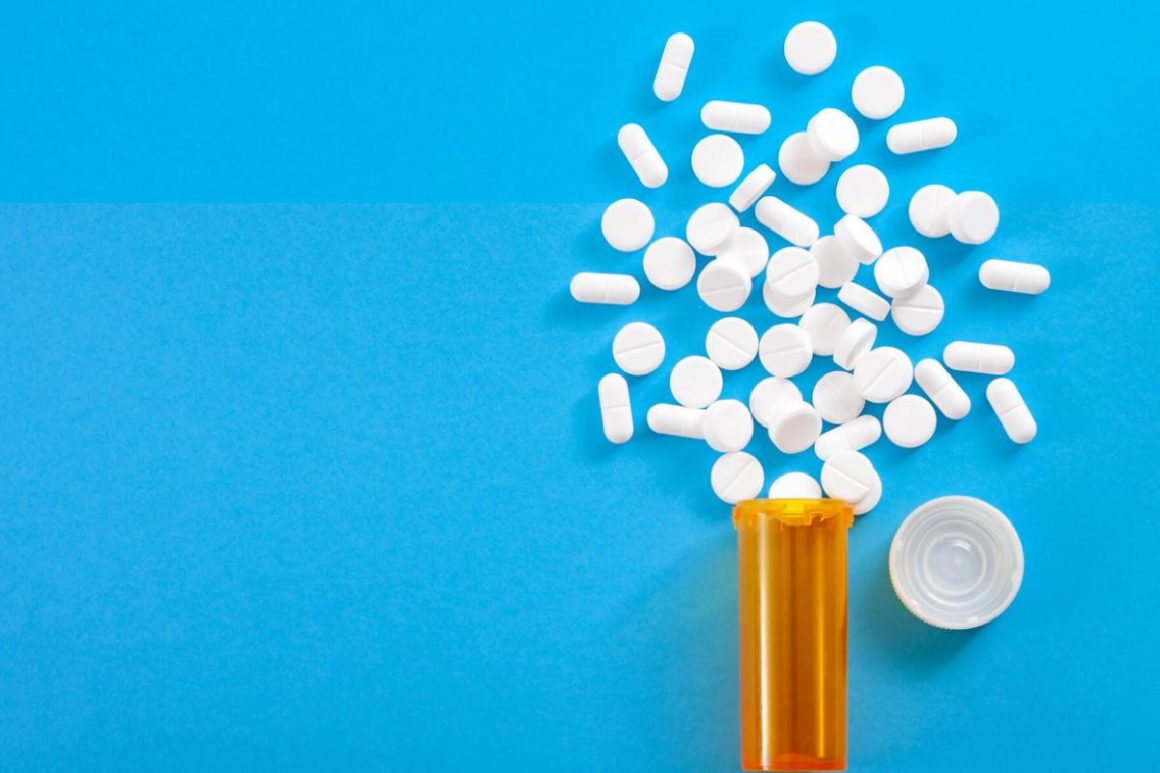In the battle against opioid addiction, a significant weapon in the medical community’s arsenal is Suboxone. As the opioid crisis continues to impact lives globally, understanding the role of medications like Suboxone in treatment and recovery is crucial. This blog delves into how Suboxone works, its effectiveness, and its place in the treatment of opioid addiction.
Table of Contents
Understanding Opioid Addiction
Opioid addiction is a chronic medical condition characterized by a compulsive urge to use opioid drugs, despite harmful consequences. Opioids, including prescription pain relievers, heroin, and synthetic opioids like fentanyl, can lead to significant physical and psychological dependence due to their potent effect on the brain’s reward system.
What is Suboxone?
Suboxone is a medication approved by the FDA for the treatment of opioid addiction. It is a combination of two drugs: buprenorphine, a partial opioid agonist, and naloxone, an opioid antagonist. This combination is used in Medication-Assisted Treatment (MAT) to reduce opioid cravings and withdrawal symptoms, aiding in the recovery process.
The Role of Buprenorphine
Buprenorphine is a partial opioid agonist, which means it binds to the same brain receptors as other opioids but produces a much weaker response. This characteristic helps to reduce cravings and withdrawal symptoms without producing the full euphoric effect that other opioids have. It also has a ‘ceiling effect,’ meaning its opioid effects level off even with increased doses, reducing the risk of misuse, dependency, and side effects.
The Role of Naloxone
Naloxone is an opioid antagonist that blocks the effects of opioids. In Suboxone, it serves as a safeguard. If Suboxone is dissolved and injected (an abuse method), naloxone will block the effects of buprenorphine, thus deterring misuse.
Effectiveness of Suboxone
Reducing Withdrawal Symptoms
Suboxone can significantly reduce the severity of withdrawal symptoms, which are often a major hurdle in the journey toward recovery. Withdrawal from opioids can be extremely uncomfortable and even dangerous, and managing these symptoms can be crucial in the early stages of treatment.
Decreasing Opioid Cravings
By binding to opioid receptors, Suboxone decreases cravings for opioids, a key factor in preventing relapse. This reduction in cravings allows individuals to focus more effectively on their recovery and rehabilitation.
Lower Risk of Abuse
The formulation of Suboxone makes it less likely to be abused compared to other opioid-based treatments. The presence of naloxone and the ceiling effect of buprenorphine both work to reduce the potential for misuse.
How is Suboxone Administered?
Suboxone is typically administered as a film or tablet that dissolves under the tongue. It’s critical that it’s used under the guidance of a healthcare professional experienced in treating opioid addiction. The dosage and duration of treatment with Suboxone vary depending on the individual’s needs and situation. Many outpatient addiction treatment programs offer Suboxone treatment as part of their programming.
The Role of Suboxone in Medication-Assisted Treatment (MAT)
MAT combines medication with counseling and behavioral therapies to treat substance use disorders. In MAT, Suboxone helps to stabilize the brain chemistry, block the euphoric effects of opioids, relieve physiological cravings, and normalize body functions without the negative effects of the abused drug.
Integrating Suboxone into Comprehensive Treatment
While Suboxone can be an effective component of addiction treatment, it should be part of a comprehensive treatment plan that includes:
– Counseling and Behavioral Therapies: To address the psychological aspects of addiction.
– Support Groups: To provide peer support and encouragement.
– Lifestyle Changes: Such as exercise, diet, and stress management techniques.
– Continuous Monitoring: To adjust treatment plans as needed and to provide ongoing support.
Potential Side Effects of Suboxone
Like all medications, Suboxone can have side effects. Common ones include nausea, vomiting, drug withdrawal syndrome, headache, sweating, numb mouth, constipation, painful tongue, redness in the mouth, intoxication, disturbance in attention, irregular heartbeat, and decrease in sleep. Patients should be monitored for these and consult their healthcare provider with any concerns.
The Importance of Medical Supervision
Suboxone should always be used under medical supervision. Treatment requires a prescription and should be part of a monitored program to ensure the correct dosage and to manage any side effects or complications.
Overcoming Stigma
There is often a stigma associated with MAT, stemming from misconceptions that it simply replaces one drug with another. However, when used correctly as part of a comprehensive treatment plan, MAT with Suboxone is an evidence-based approach that significantly improves the chances of recovery.
Conclusion
Suboxone represents a major advancement in the treatment of opioid addiction. By alleviating withdrawal symptoms and reducing cravings, it plays a crucial role in helping individuals overcome
